Report this entry
More from the same community-collection
Ceiling and Chandelier in the Plaza Theater
This picture was taken in the Axelson Grand Lobby of the Plaza ...
Bernice Dittmer Doner Salon in the Plaza Theater
This picture was taken in the Bernice Dittmer Doner Salon in the ...
Wurlitzer Organ at Sunland Park Mall
This picture shows the Wurlitzer organ from the Plaza Theater, ...
Detail of Ceiling in Plaza Theater
This image captures a detail of the intricately painted ceilings ...
Axelson Grand Lobby in the Plaza Theater
This picture displays the Axelson Grand Lobby. It is marked by ...
Kendle Elizabeth Kidd Performance Hall in Plaza Theater
The performance hall of the Historic Plaza Theater is named in ...
Longhorn statue at Indian Cliffs Ranch in Fabens, TX
Longhorn statue - This statue is located at Indian Cliffs Ranch ...
Teepees at Indian Cliffs Ranch in Fabens, TX
Teepees at Indian Cliffs Ranch in Fabens, TX - These tepees are ...

















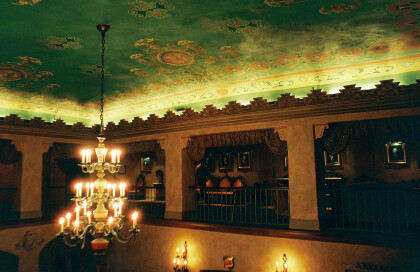


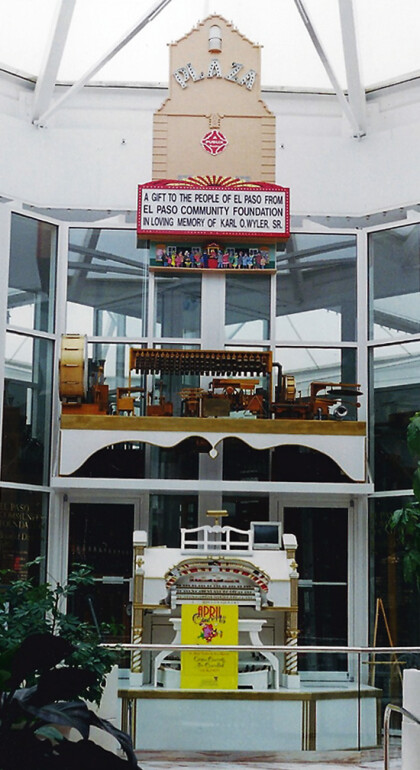

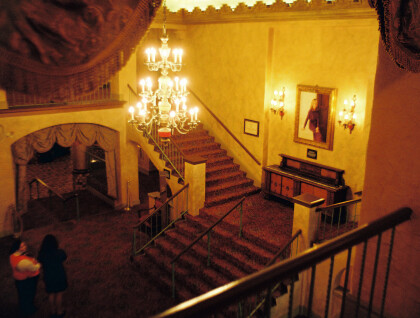
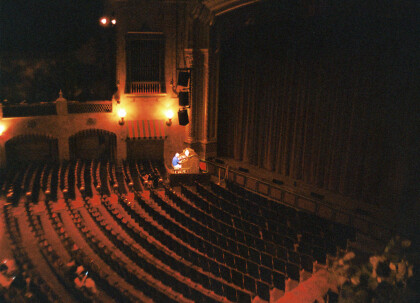
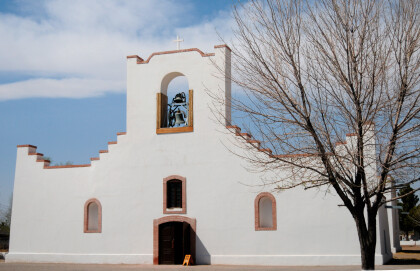
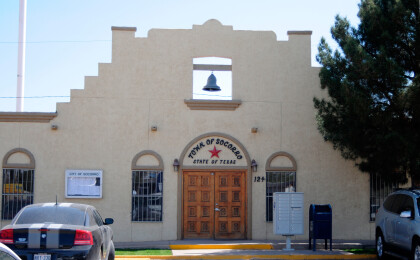
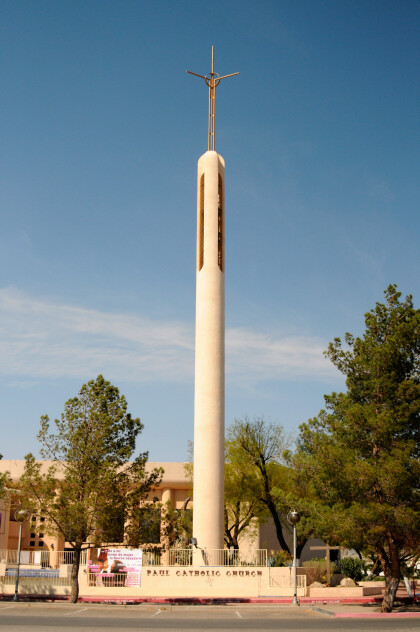
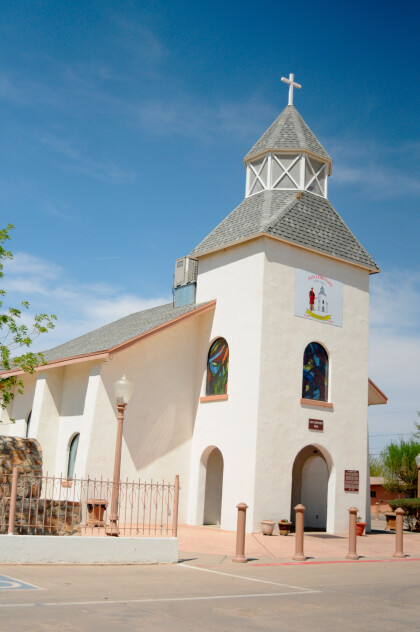
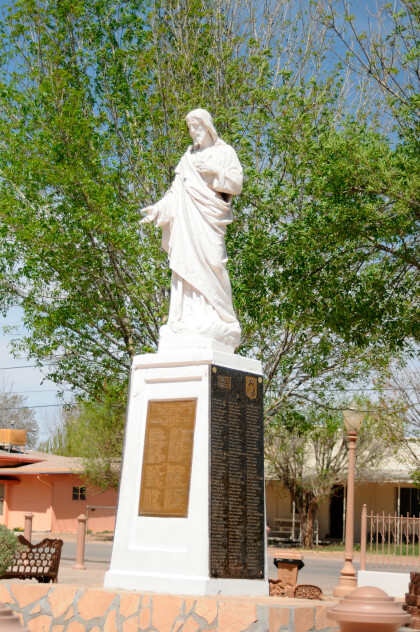
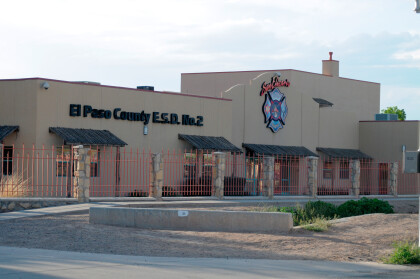
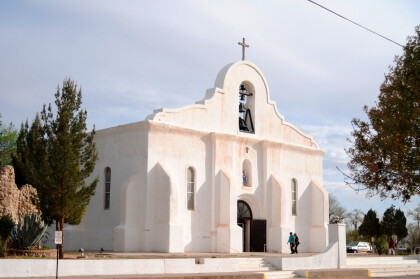
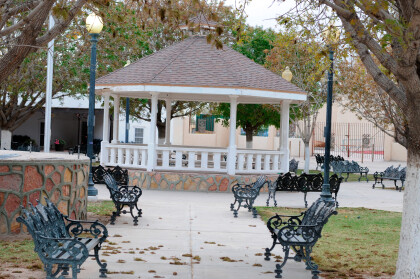
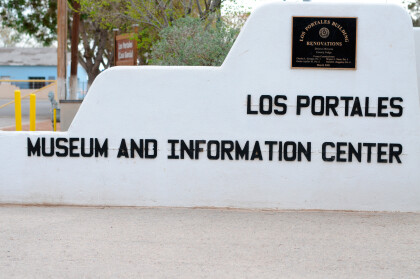
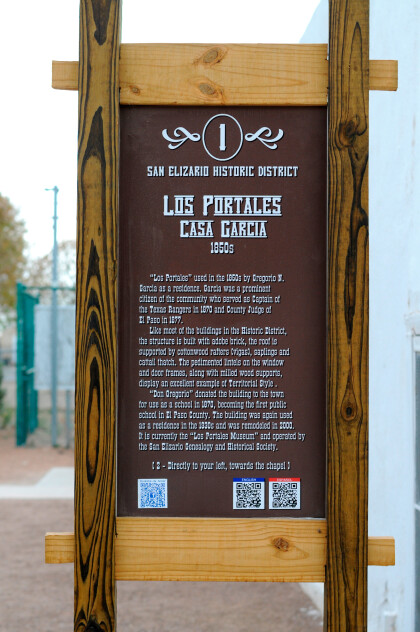
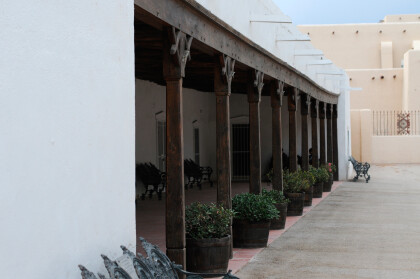
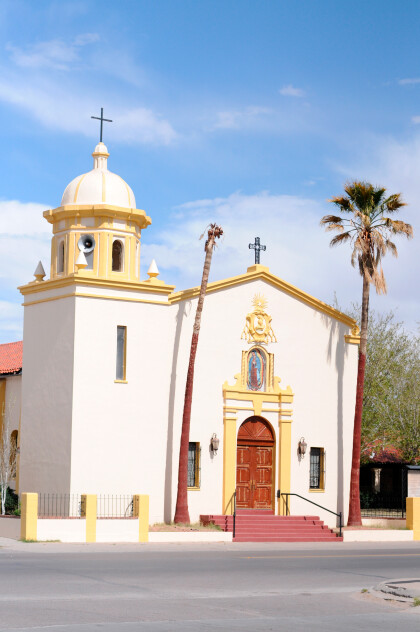
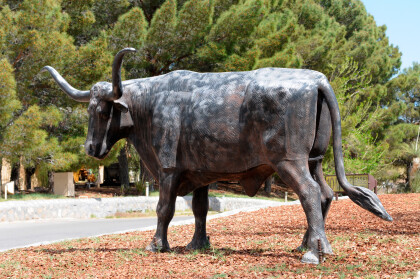
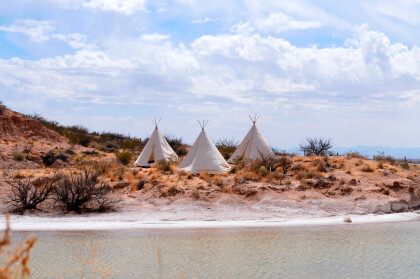
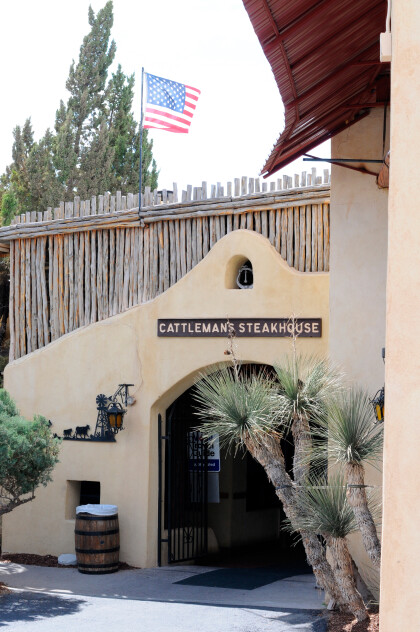
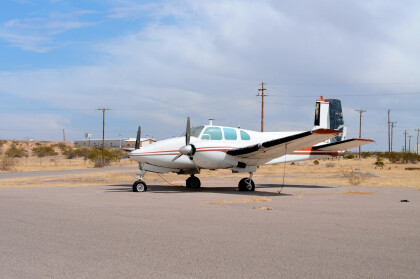
Comments
Add a comment